1.North Korea and Cuba are the only places you can't buy Coca-Cola
No matter where you go, it's comforting to know you can always enjoy a Coca-Cola. Well, almost. While this fizzy drink is sold practically everywhere, it still hasn't (officially) made its way to North Korea or Cuba, according to the BBC. That's because these countries are under long-term U.S. trade embargoes.
2.The entire world's population could fit inside Los Angeles
The world's total population is more than 7.5 billion. And obviously, that number sounds huge. However, it might feel a little more manageable once you learn that if every single one of those people stood shoulder-to-shoulder, they could all fit within the 500 square miles of Los Angeles, according to National Geographic.
3.There are more twins now than ever before
You might think twins are a rarity, but they're actually becoming more common than ever. "From about 1915, when the statistical record begins, until 1980, about one in every 50 babies born was a twin, a rate of 2 percent," writes Alexis C. Madrigal of The Atlantic. "Then, the rate began to increase: by 1995, it was 2.5 percent. The rate surpassed 3 percent in 2001 and hit 3.3 percent in 2010. [That means] one out of every 30 babies born is a twin."
Scientists believe this trend is due to the fact that older women tend to have more twins, and women are choosing to start families later. Fertility treatments such as in-vitro fertilization likely also play a role.
4.The hottest chili pepper in the world is so hot it could kill you
The "weapons-grade" Dragon's Breath chili pepper is so hot it's downright deadly. If you ate one, it could potentially cause a type of anaphylactic shock, burning the airways and closing them up. "I've tried it on the tip of my tongue and it just burned and burned," said Mike Smith, the hobby grower who invented the Dragon's Breath along with scientists from Nottingham University. So why make such an impractical pepper? It turns out, the chili was developed to be used in medical treatment as an anesthetic that can numb the skin.
5.The longest place name on the planet is 85 letters long.
People who live in Mamungkukumpurangkuntjunya Hill, Australia, need a little patience when it comes to learning to spell their hometown's name. But you know what? So do the folks from Lake Chargoggagoggman-chauggagoggchaubunagungamaugg in Massachusetts and Tweebuffelsmeteen-skootmorsdoodgeskietfontein, South Africa. But none of them have quite as much work to do when jotting down their address as those who live in Taumatawhakatangihanga-koauauotamateaturipukakapikimaung-ahoronukupokaiwhenuakitanatahu, New Zealand, which, with 85 letters, is the longest place name in the world.
6.The Earth's ozone layer will make a full recovery in 50 years.
Because of pollution, the Earth's ozone layer has suffered a lot. That's bad news for everyone, since the fragile gas layer protects our planet and shields us from the sun's harmful ultraviolet rays. Fortunately, climate change experts believe that the ozone layer will fully heal within 50 years, according to a 2018 report from the United Nations.
The recovery is thanks in large part to the Montreal Protocol of 1987, which put a global ban on the use of one of the main culprits for the damage: chlorofluorocarbons (CFOs). Previously, CFOs had been common in refrigerators, aerosol cans, and dry-cleaning chemicals.
7.Only two countries use purple in their national flags.
The flag of Nicaragua features a rainbow in the center that includes a band of purple, while the flag of Dominica boasts a picture of a sisserou parrot, a bird with purple feathers. These elements make them the only two flags in the world that use the color purple.
8.Africa and Asia are home to nearly 90 percent of the world's rural population.
Not everyone lives in a booming city or sprawling suburb. Many people still make their homes outside of bustling locations, especially in India, which has the largest number of people living in rural areas (approximately 893 million people live outside of the city), according to Reuters. China also has an impressively large rural population, with 578 million living outside of major centers.
9.The most expensive coin in the world was sold for more than $7 million
The 1933 Double Eagle was a $20 U.S. coin made of gold that never went into circulation. A few of the coins were made, but most were destroyed—save for nine that were presumed stolen by U.S. mint workers. After years circulating the globe and falling into the hands of a few notable owners, including the king of Egypt, one of the coins was auctioned off at Sotheby's in 2002 for a stunning $7,590,020. That made it the most expensive coin ever sold at auction.
10.More than 52 percent of the world's population is under 30-years-old.
According to the United Nations Educational, Scientific, and Cultural Organization (UNESCO), as of 2012, 50.5 percent of the world's population were people under the age of 30. Around 89.7 percent of those young people live in emerging and developing economies like the Middle East and Africa.
Bütün xəbərlər Facebook səhifəmizdə






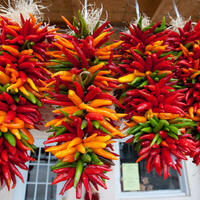
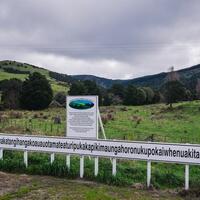
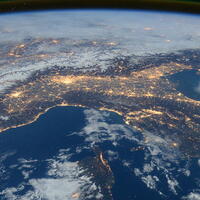
.jpg)
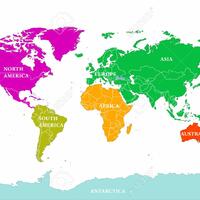



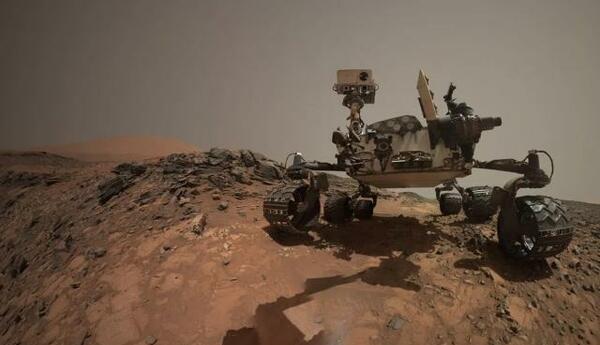

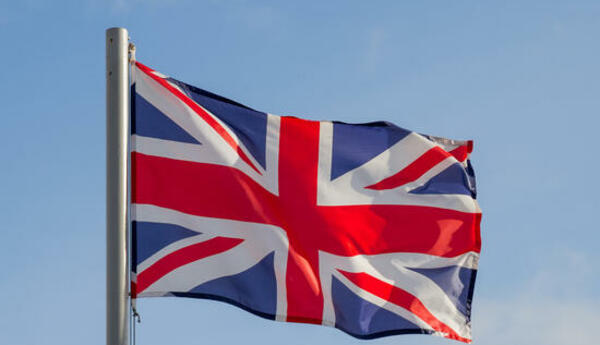


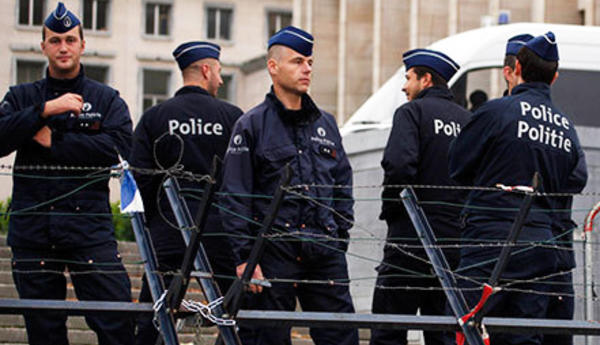
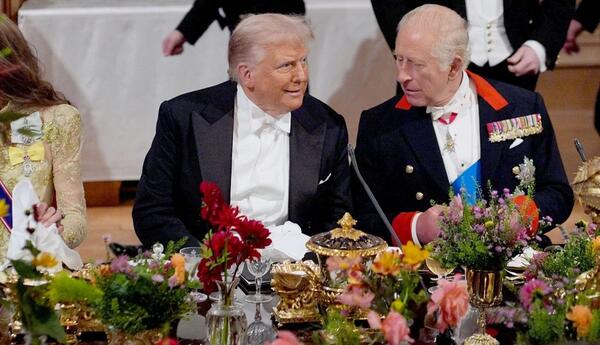


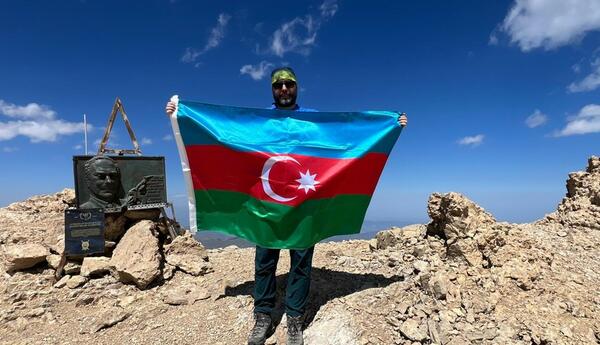
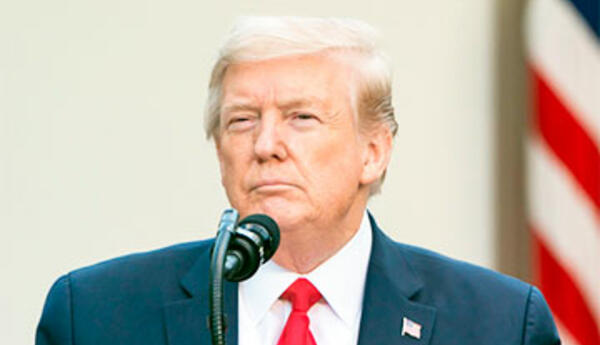









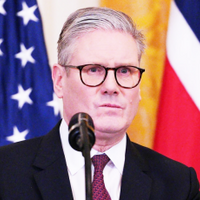





 USD
USD
 EUR
EUR GBP
GBP RUB
RUB